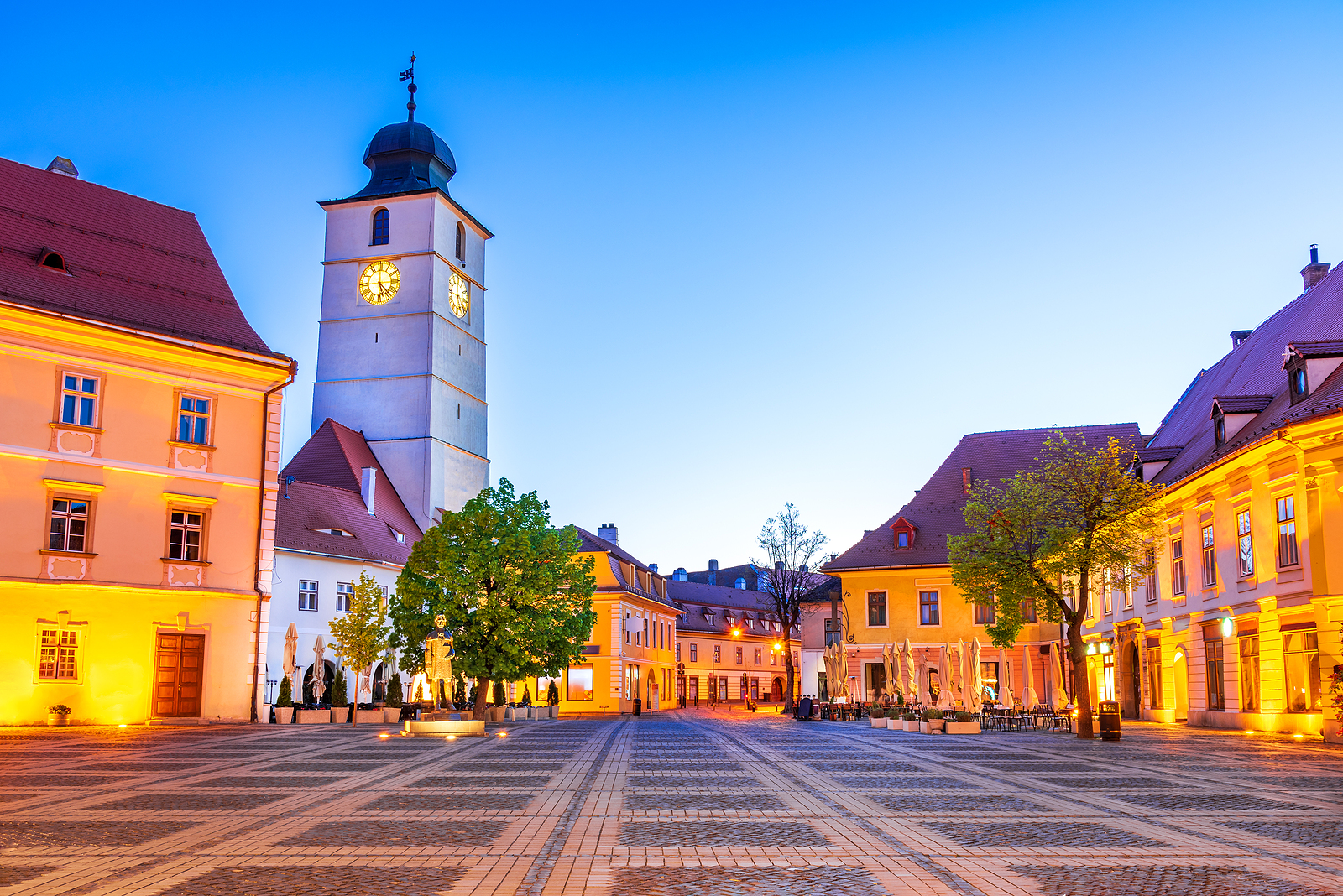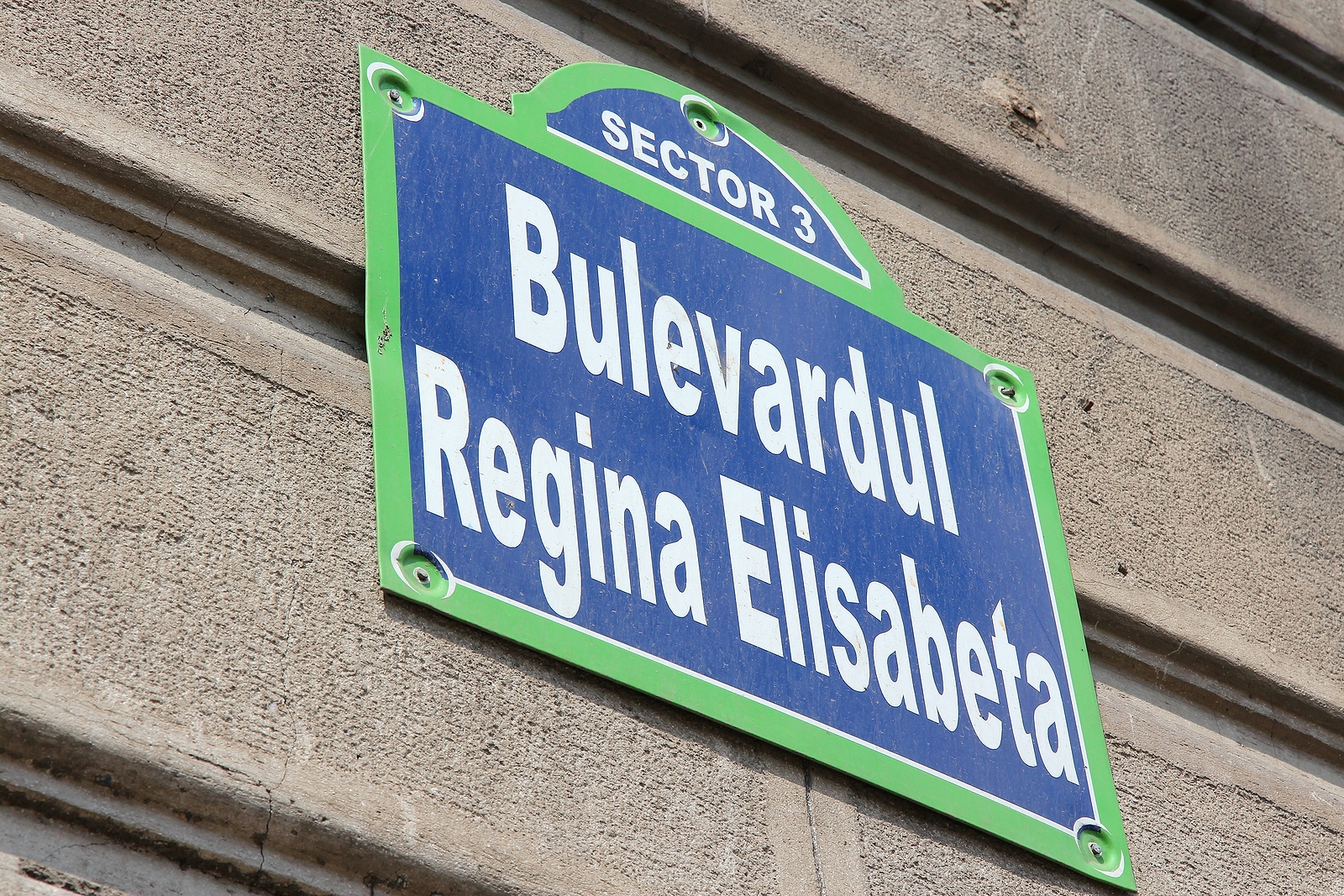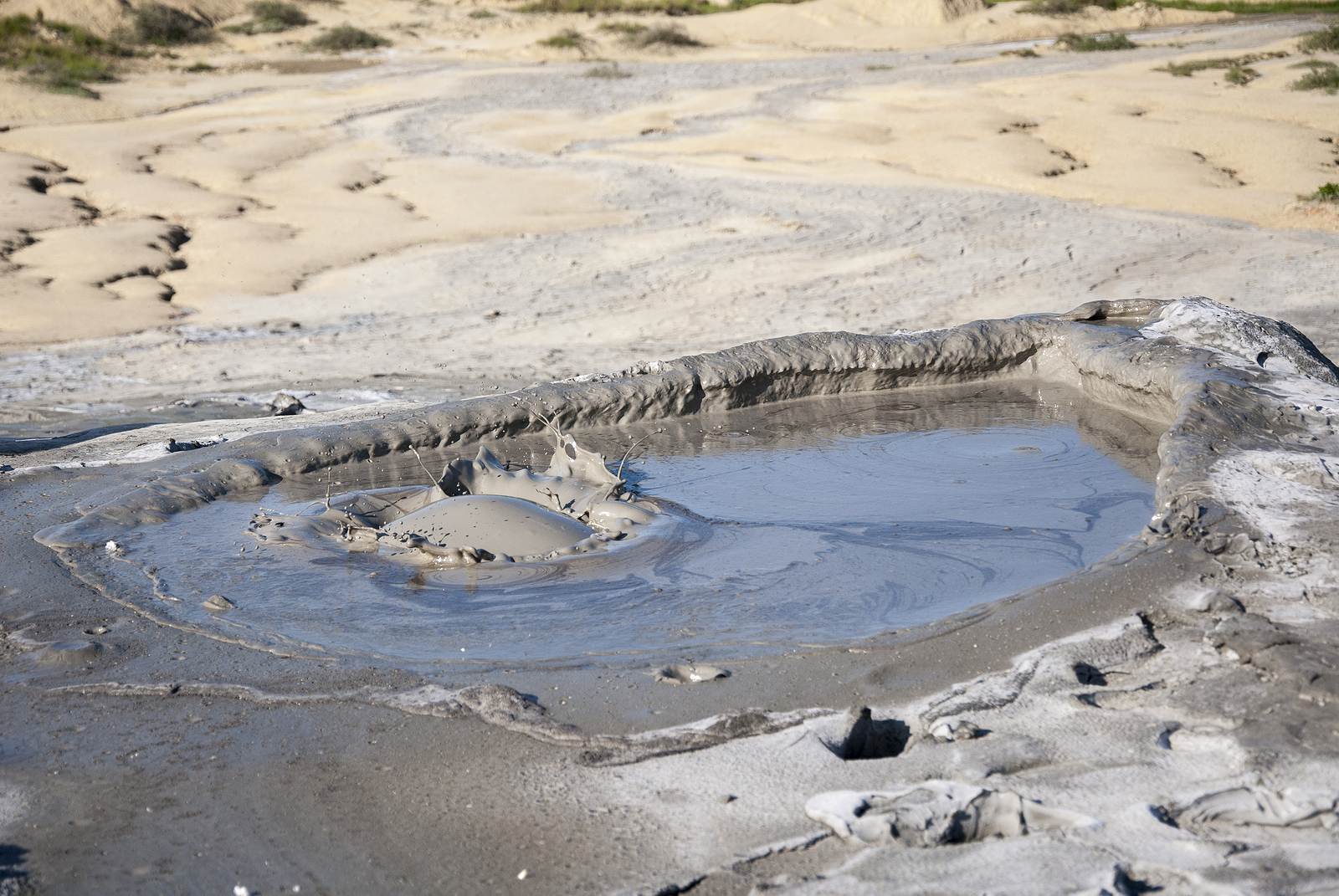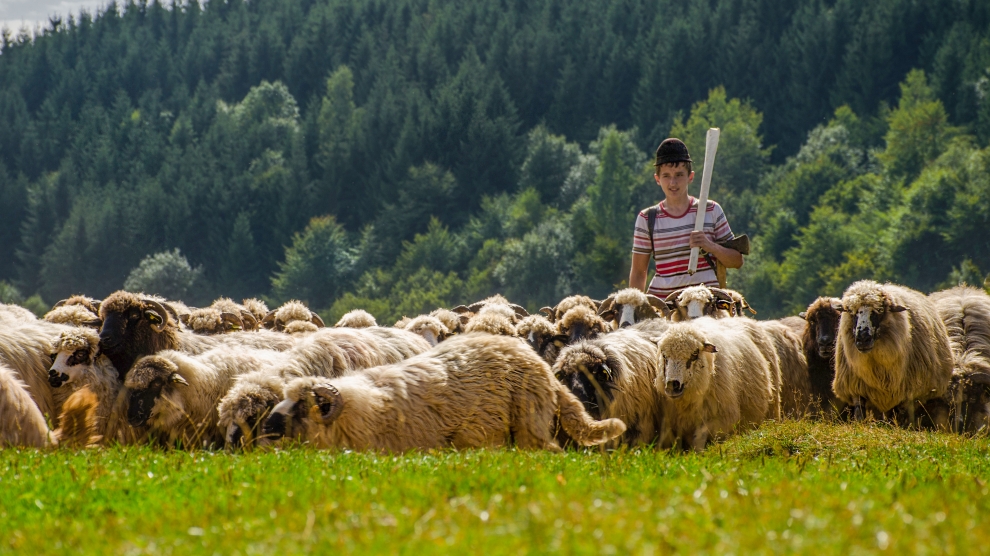Following Ukraine and Serbia, here is the latest in our series of five unpopular opinions about the countries of Central and Eastern Europe.
This week, five unpopular opinions about Romania – the country I have been fortunate enough to call home for many, many years – all guaranteed to offend just about everyone.
I shouldn’t need to add that this light-hearted piece is (at least partially) written with tongue-in-cheek, but I fear I do.
Romania is not one country, but (at least) two
Several summers ago, while enjoying lunch at one of the many fine restaurants on Piața Mare, the main square of the Transylvanian city of Sibiu, my daughter quite innocently asked: What currency do they use here?
She appeared to be under the impression that we (who live in Bucharest and were visiting Sibiu for a weekend break) had left Romania. It’s an easy presumption to make.
Romania as we know it today has existed only since the end of World War I. The country is made up of three historic regions: Transylvania, Wallachia and Moldavia. While the latter two (divided from Transylvania by the Carpathian Mountains) have a broadly common history (although they formally came together only in 1862), the lived experience of Transylvania (which officially joined the Romanian club in 1918) is rather different.

—
Unlike Wallachia and Moldavia, dominated in one form or another by the Ottoman Empire for 200 years odd, Transylvania was an integral part of the Habsburg Empire. That legacy is everywhere, in the Germanic and Secessionist architecture which dominates Transylvania’s towns and cities, its fortified Saxon villages, the multicultural make-up of its population.
Transylvania is Mitteleuropa; Wallachia and Moldavia are the Balkans. Today of course they form one nation state, but remain very different countries.
That’s not a judgement, merely a statement of fact.
Dracula is a valuable cash cow
There’s a game you can play whenever a travel article in the international press features Romania: How long before the author mentions Dracula?
It’s usually not more than a sentence or two.
It’s lazy, ignorant and to travel writers who know better simply wrong. Romanians quite rightly tend to be equally offended by mention of the D-word.
Nevertheless, Dracula – who never of course existed: the character is an imagined amalgamation of the 15th century Wallachian prince Vlad II, known as Vlad Dracul and his son, Vlad III, better known as Vlad the Impaler – has for better or worse become part of Romania’s brand.
And the country has rarely been shy of cashing in. When Vlad the Impaler became (for reasons beyond the scope of this article) politically correct for Romania’s communists in the 1970s, they advertised trips to “Dracula’s Castle” at Bran in western European newspapers. This ignored the inconvenient fact that Vlad never used Bran Castle, but as anyone who has ever visited will testify, it certainly looks the part.

—
For capitalist Romania, Bran has become the centre of the Dracula industry. Busloads of visitors on Dracula tours turn up daily. Souvenir sellers prey on them, hawking bad taste Dracula-branded goods (which you will also find in every souvenir shop in the country, including at Bucharest’s Otopeni Airport).
In the late 1990s, a minister of tourism even proposed constructing a Dracula theme park: it never got off the ground.
As naff and kitsch as it might have been, there’s little doubt it would have been a money-spinner. Time to dust the plans down?
Bucharest is not the Paris of the East
Another travel article perennial is the old myth that Romania’s capital Bucharest was in the 1920s and 1930s known as the Paris of the East.
I have genuinely lost count of how many times I have read or heard this.
The fact is that just about every city in Central and Eastern Europe (and beyond) has at one time or another claimed to be the Paris of the East, from Warsaw to Beirut.
To its credit, however, Bucharest has done more than anywhere else to take ownership of the myth, proving once and for all that if you repeat something often and loud enough it becomes fact. Even its street signs now mimic the green and navy blue colouring of their Parisian counterparts.

—
And yet to this day I have yet to see any literary sources for the claim. While there were certainly a large number of French architects active in Bucharest in the early part of the 20th century (the National Bank of Romania and the splendid Atheneum – amongst many other buildings in the city – were designed by Frenchmen), all we have to go on is hearsay.
I’ll happily stand corrected on this point in the face of overwhelming evidence to the contrary, but I am not expecting to be presented with any.
Its famous mud ‘volcanoes’ are little more than puddles
Romanians love banging on about the many unique natural wonders their country boasts. And indeed, from the Danube Delta to the Carpathian Mountains, there is certainly a panoply of natural sights to take in and enjoy.
The Vulcanii Noroioși (mud volcanoes), near Buzău in the east of the country are not, alas, a natural wonder to boast about.
Having spent years listening to any number of Romanians telling me about this “unique natural wonder” or “spectacular moonscape”, a couple of years ago I finally caved in and visited.

—
What did I find? A spectacular moonscape of hot bubbling mud, complete with smoke and violent, dramatic eruptions?
No. I found a desert-like landscape of rather small proportions littered here and there with the odd puddle of mud. It’s not remotely impressive.
I later found out that none (yes, none) of the people who had been imploring me to visit had actually done so themselves.
It’s merely received wisdom that the volcanoes (sic) are a wondrous sight. They are not.
A breeze will not kill you
As anyone who has ever tried to open a window on a hot, steamy, Romanian train in the middle of summer will know, curent (translated, amongst other things, as draught) is that all purpose bad guy which causes colds and which is – according to Romanians of a certain age (though we have met young people who fall for it too: unsurprising in a country so obsessed with star signs and such nonsense) – the greatest of all known threats to human health.
If you don’t believe me, try it.
Wait until high summer, until the temperature is around 40 degrees, and then board a train which does not boast functioning air conditioning (still, alas, most of them). Wait until it reaches full speed (usually around 30kph, if the train is going downhill), then open a window and see what happens.

—
You will be set upon by everyone else in the carriage, who will shout at you for being so irresponsible and to all intents and purposes attempting to kill them. Indeed, I am shocked that attempted murder by curent is not part of the Romanian penal code.
You do not need to be on a train to see curent in action either. Buses, taxis, cars, and even non-moving apartments can all be conduits for this evil force. Basically, any kind of moving air (known of course to perfectly sane people as a nice breeze) is considered by many Romanians as curent and therefore lethal.
Unlike many news and information platforms, Emerging Europe is free to read, and always will be. There is no paywall here. We are independent, not affiliated with nor representing any political party or business organisation. We want the very best for emerging Europe, nothing more, nothing less. Your support will help us continue to spread the word about this amazing region.
You can contribute here. Thank you.



So, what is exactly the point of this article?
Most likely to rehash all the British bigotry, prejudices and slander about Romania? Spare me with Transylvania as Mitteleuropa, it was maybe in 1918, not in 2021. Maybe. The biggest fraud in Romania’s history, Caritas, was born in Cluj, not Bucharest.
And was is wrong about the Balkans anyway? Read Professor Maria Todorova’s “Imagining the Balkans” to see how a geographical designation turned into a Western European repository of colonial prejudices, as the term was born around 1900. But I seriously doubt that you would be able to read and understand it. Lack of brain power.
Is Emerging Europe the new Daily Express? This sort of articles are called gutter journalism and come straight from The Sun and New of the World School of Journalism.
His second family name is “Balazs”. That says it all. And even if he insists that the question was “innocent”, well, his insinuation is everything but innocent. Happily, the “Romanian club” (seriously? Jesus!) was not a federation, like Yugoslavia, so bad luck there, Mr. Balazs. Hungary can keep dreaming.
I don’t believe that Dracula can generate an “unpopular opinion about Romania’ for somebody in this world, like the title of the article suggests. On the contrary people are happy to travel in Romania attracted by Dracula. That doesn’t mean they are stupid and they really believe that Dracula is hiding in Transylvania. This is literary tourism generated by Bram Stoker novel, Dracula. This is like visiting Verona to see Juliet’s balcony. Everybody knows that Romeo and Juliet are Shakespeare’s fictional characters that didn’t lived in Verona but they are doing literary tourism. Nothing wrong in this and locals are having better standard of living because of this type of tourism. Professor Duncan Light who wrote “The Dracula Dilemma: Tourism, Identity and the State in Romania” said once: “For many Romanians Dracula means Vlad Tepes but for people from the UK, America etc. it means of course the vampire Dracula. I agree with those people who say that Dracula is a way to get foreign tourists into Romania creating an opportunity to show them all the other things the country can offer. “